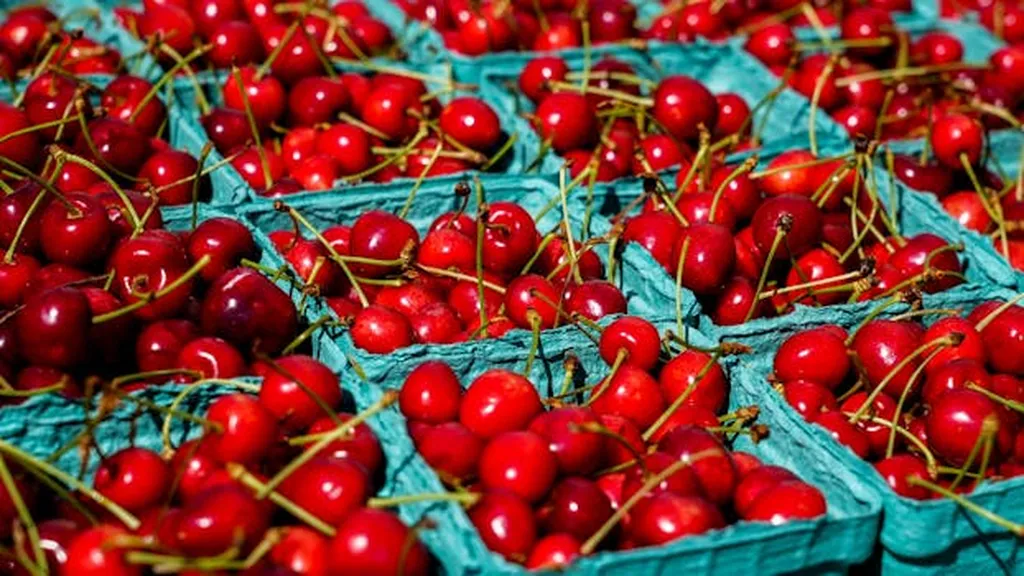In the heart of Southeast Asia, the litchi fruit has long been celebrated for its unique flavor and nutritional value. Yet, the genetic secrets behind its quality have remained largely unexplored—until now. A groundbreaking study led by Qian Yan from the Institute of Fruit Tree Research at the Guangdong Academy of Agricultural Sciences has unveiled the genetic diversity and the underlying mechanisms that govern fruit quality in litchi. Published in the esteemed journal *Genome Biology*, this research could revolutionize the way we understand and cultivate this prized fruit.
The study involved re-sequencing 276 litchi accessions collected from around the world, identifying a staggering 54 million high-quality biallelic SNPs (single nucleotide polymorphisms). By analyzing the population structure, the researchers revealed four main subgroups within the litchi population. This genetic diversity is crucial for understanding how different litchi varieties have adapted to various environments and how they might be further improved.
But the real breakthrough came when the team conducted a comprehensive phenotypic profiling of 21 fruit-quality-related traits, followed by a genome-wide association study. This approach allowed them to pinpoint specific genes and genomic loci responsible for regulating seed and fruit quality traits. Among the most significant findings was the characterization of an invertase gene, LcSAI, which encodes an enzyme that converts sucrose into reducing sugars. This gene plays a pivotal role in determining the sugar composition of litchi fruits, directly impacting their sweetness.
“Understanding the genetic basis of fruit quality is a game-changer for the agricultural industry,” said Qian Yan. “By identifying key genes like LcSAI, we can develop more targeted breeding strategies to enhance the quality and yield of litchi fruits, benefiting both farmers and consumers.”
The implications of this research extend far beyond the litchi industry. As the demand for high-quality, nutritious fruits continues to grow, the insights gained from this study could pave the way for similar advancements in other fruit crops. The genetic diversity and population structure revealed in this research provide a valuable resource for future genetic improvement efforts, ensuring that litchi and other fruits can meet the evolving needs of a global market.
Moreover, the study’s findings contribute to the broader understanding of how genetic diversity influences fruit quality, a topic of great interest in the agricultural and horticultural sectors. By delineating the genetic basis of fruit quality, researchers can develop more precise and effective breeding programs, ultimately leading to higher-quality fruits that are more resilient to environmental stresses and diseases.
As Qian Yan and her team continue to explore the genetic landscape of litchi, the potential for innovation in the fruit industry is immense. This research not only sheds light on the genetic diversity and population structure of litchi but also provides a roadmap for future genetic improvement. With the insights gained from this study, the future of litchi cultivation looks sweeter than ever.

